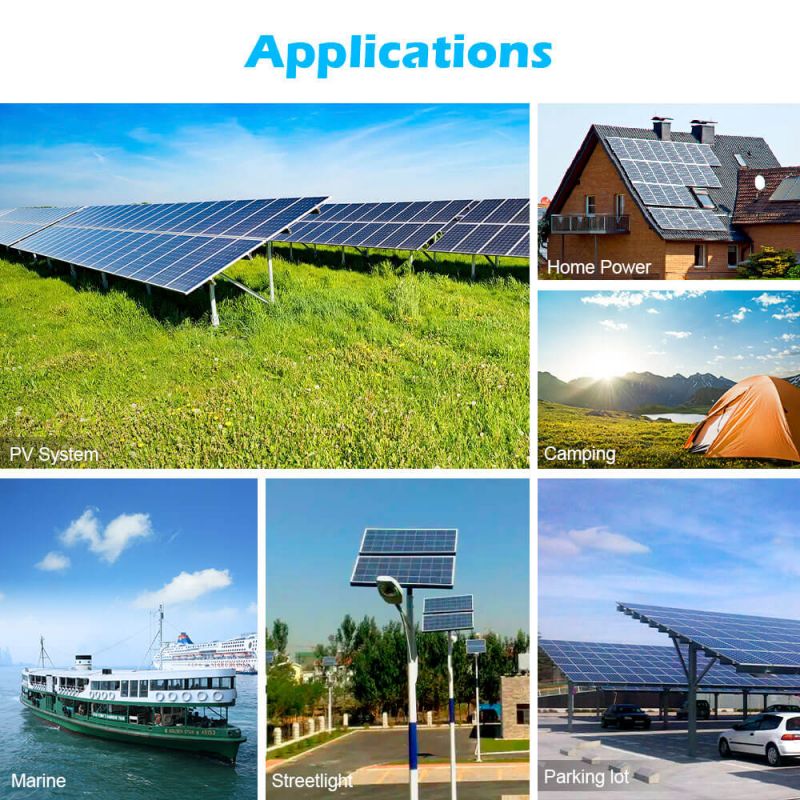In recent years, solar energy has received widespread attention as one of the most promising renewable energy sources. With growing concerns about climate change and the need for sustainable alternatives to fossil fuels, solar energy has emerged as a potential game-changer. But how much solar power do we actually need to use, and can it really become the dominant energy source of the future?

The sun is an abundant energy source, continuously radiating approximately 173,000 terawatts of solar energy to the Earth. In fact, one hour of sunlight is enough to power the entire world for a year. However, there are several challenges in effectively harnessing this energy and converting it into usable electricity.
Currently, solar energy accounts for only a small portion of the world's energy production. According to the International Energy Agency, solar energy accounted for only 2.7% of global electricity generation in 2019. This difference is largely due to the high cost of solar panels and the intermittency of sunlight. The efficiency of solar panels also plays a vital role in determining how well the sun's energy is harnessed. Despite recent technological advances, the average efficiency of solar panels remains around 15-20%.
However, with the rapid advancement of solar technology and falling prices, solar energy is gradually becoming a more viable option. The cost of solar panels has dropped significantly over the past decade, making them available to more homes and businesses. As a result, solar installations continue to increase, especially in countries with favorable government policies and incentives.
In addition, the development of energy storage systems such as batteries solves the problem of intermittent sunlight. These systems can store excess energy generated during the day and use it during periods of low or no sunlight. Therefore, solar energy can be harnessed even when there is no sunlight, making it a more reliable and stable source of electricity.
The potential of solar energy to become the dominant energy source of the future is undoubtedly promising. In addition to being a renewable and abundant resource, solar energy has many environmental benefits. It produces no greenhouse gas emissions during operation, significantly reducing the carbon footprint compared to fossil fuels. Solar power also has the potential to improve access to energy in remote areas where traditional grids cannot.
Many countries have recognized the potential of solar energy and have set ambitious goals to increase its share in the energy mix. For example, Germany plans to generate 65% of its electricity from renewable energy sources, in which solar energy plays a crucial role. Similarly, India aims to generate 40% of its energy from renewable sources by 2030, with a focus on solar energy.
While solar power has its advantages, a full transition to solar energy will require significant investments in infrastructure and research. The development of more efficient solar panels and energy storage systems, as well as advances in grid technology, are imperative. Additionally, governments and policymakers must continue to support the growth of solar through financial incentives and regulations.
In conclusion, solar energy has great potential to become the main energy source in the future. With sufficient solar energy available and advances in technological and economic capabilities, solar energy is becoming an increasingly viable option. However, radical transformation requires sustained investment and support to overcome existing challenges. Working together, solar energy can pave the way for a cleaner, more sustainable future.
Post time: Nov-22-2023